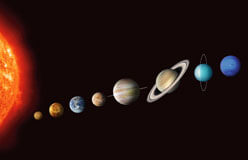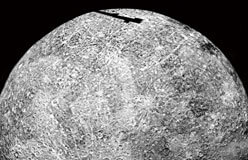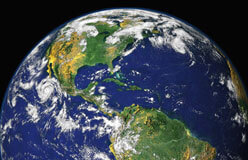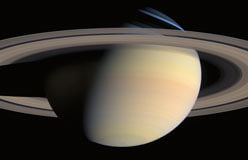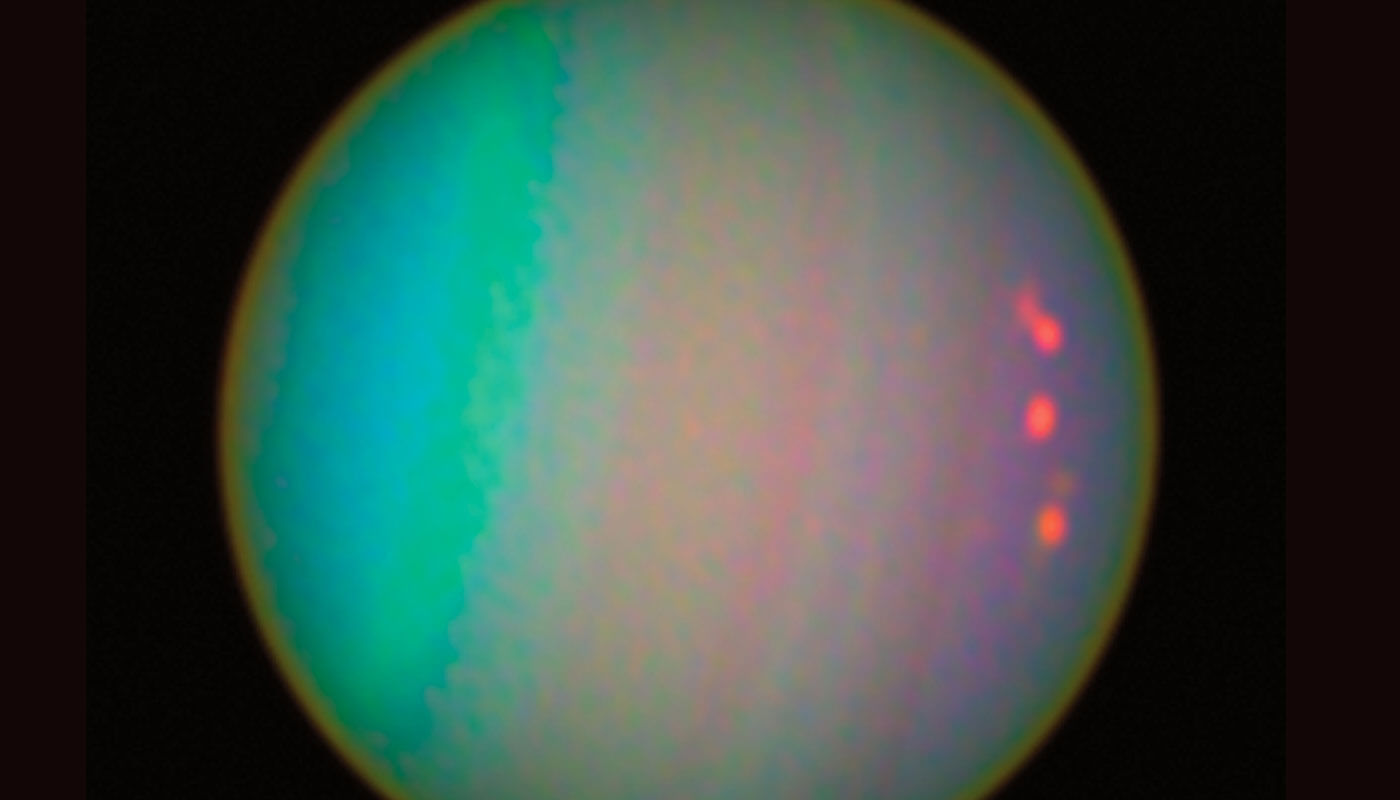Our solar system consists of a star (the Sun) and the group of planets orbiting it.
The planets closest to Earth can be seen in the nighttime sky without a telescope.
The planets, with the exception of Earth, are named after Roman or Greek gods. For example, reddish Mars is named after the Roman god of war. Fast-moving Mercury is named after the Roman god who was known as a swift messenger. Uranus is named after the Greek sky god.
No two planets are alike, but some share similarities. Mercury, Venus, Mars, and Earth are all rocky planets. Much farther from the Sun are the gaseous giants—Jupiter, Saturn, Uranus, and Neptune. They are composed mainly of hydrogen and helium.
Since Pluto’s discovery in 1930, most astronomers accepted that the solar system had nine planets—the eight named above, plus Pluto. However, in August 2006, the International Astronomical Union (IAU) came up with a new definition of the solar system. It said there are now eight planets and at least five dwarf planets, including Pluto. The solar system also has tens of thousands of smaller bodies, like comets and most asteroids. But stay tuned! The definition may change again.
